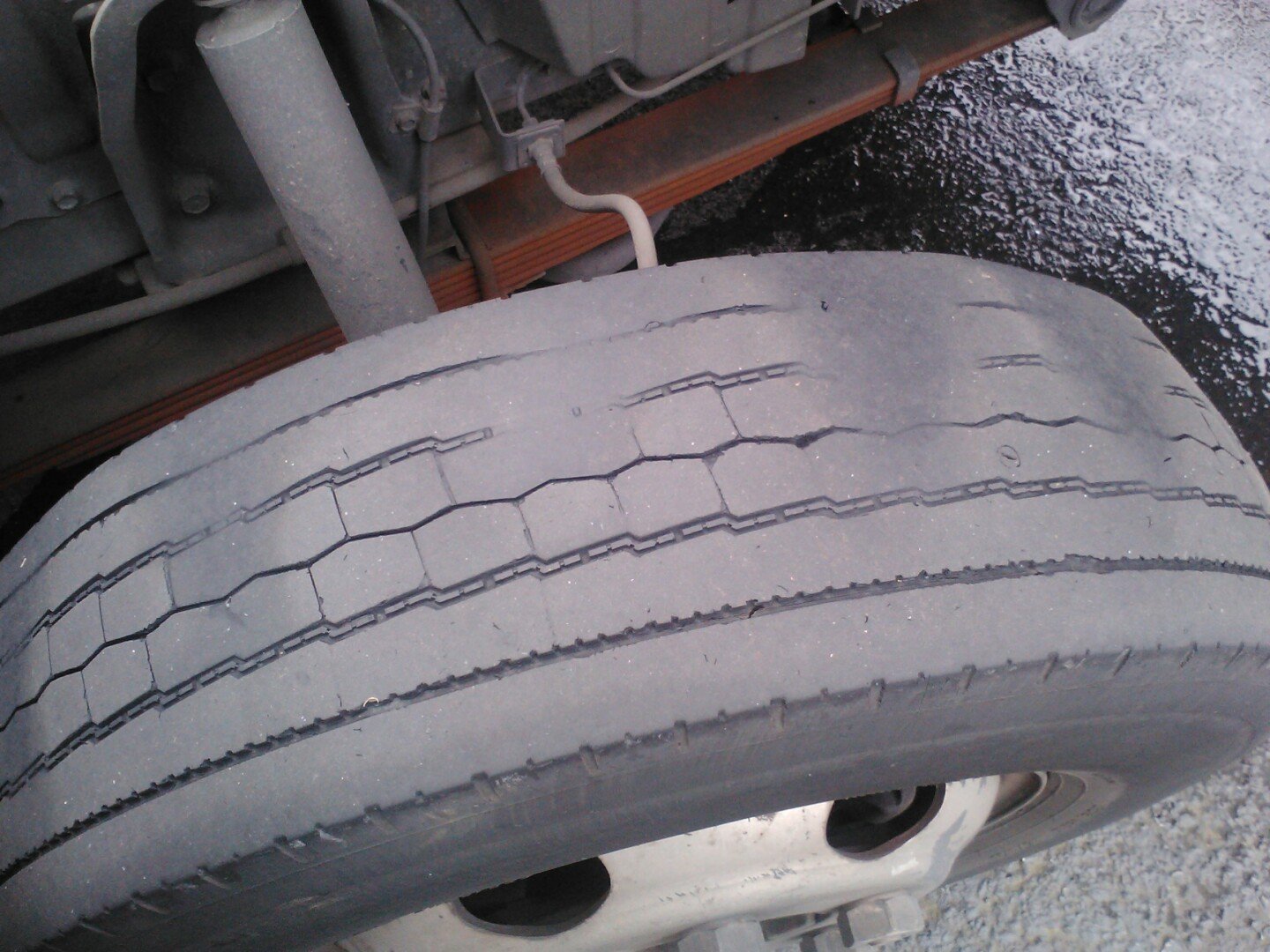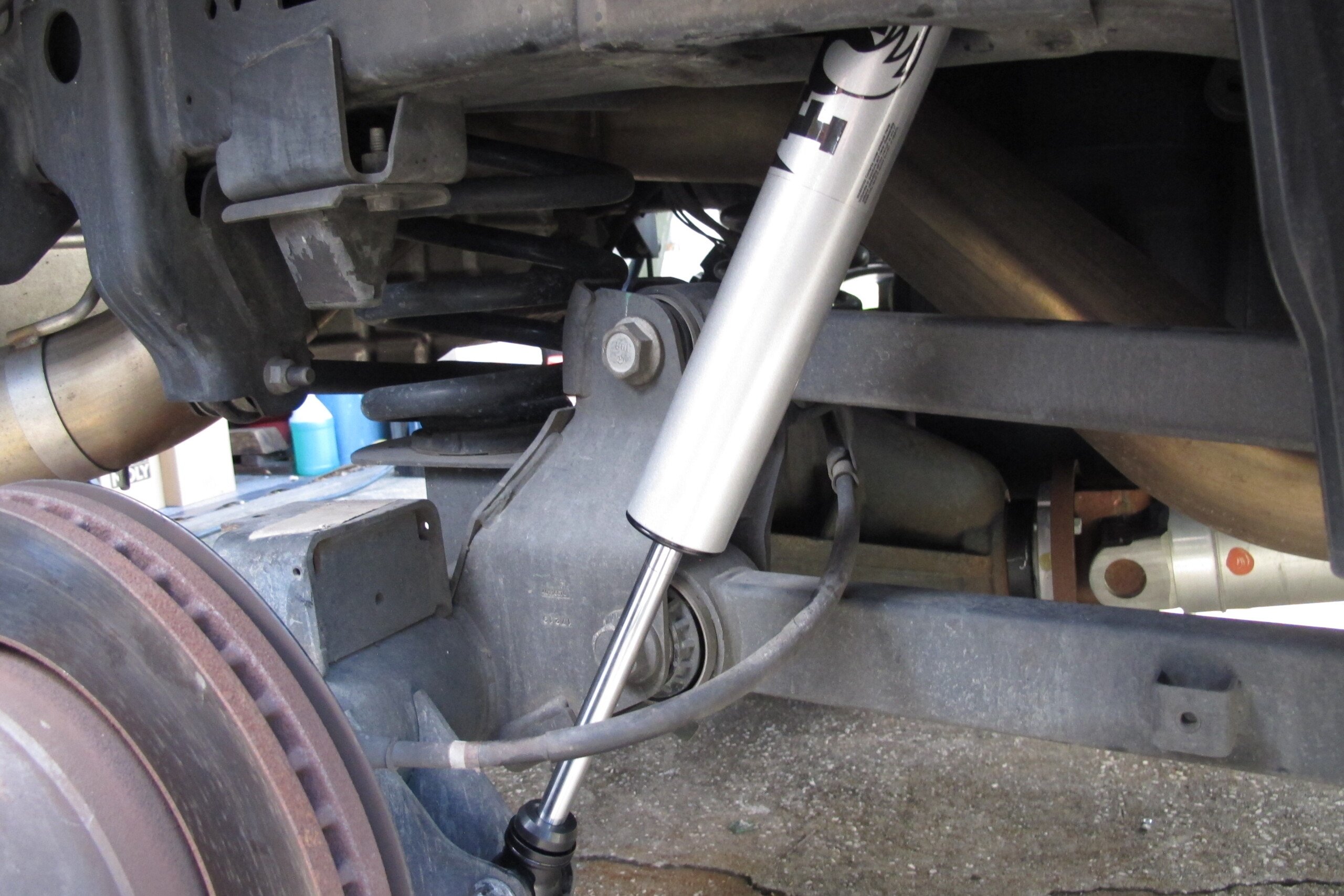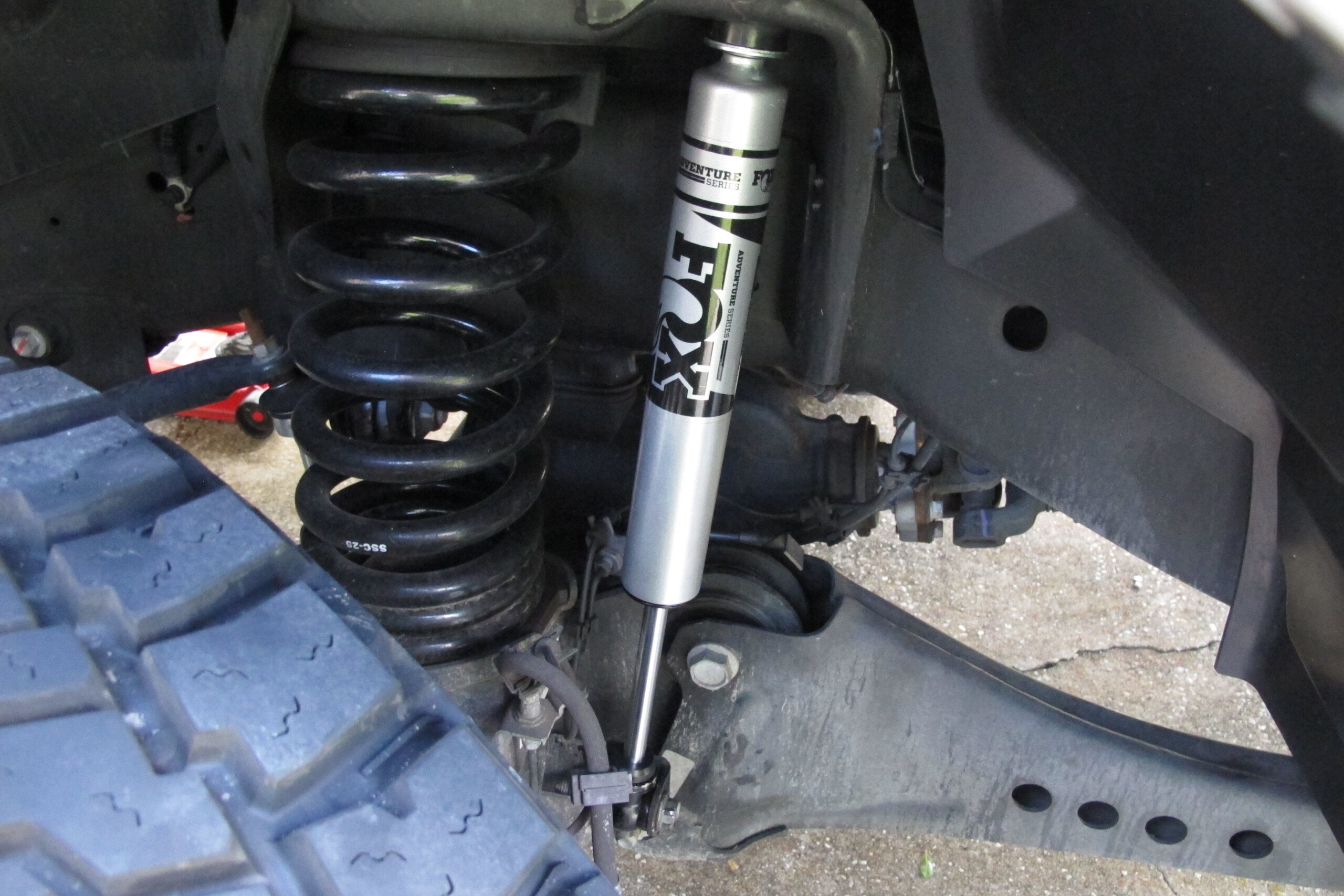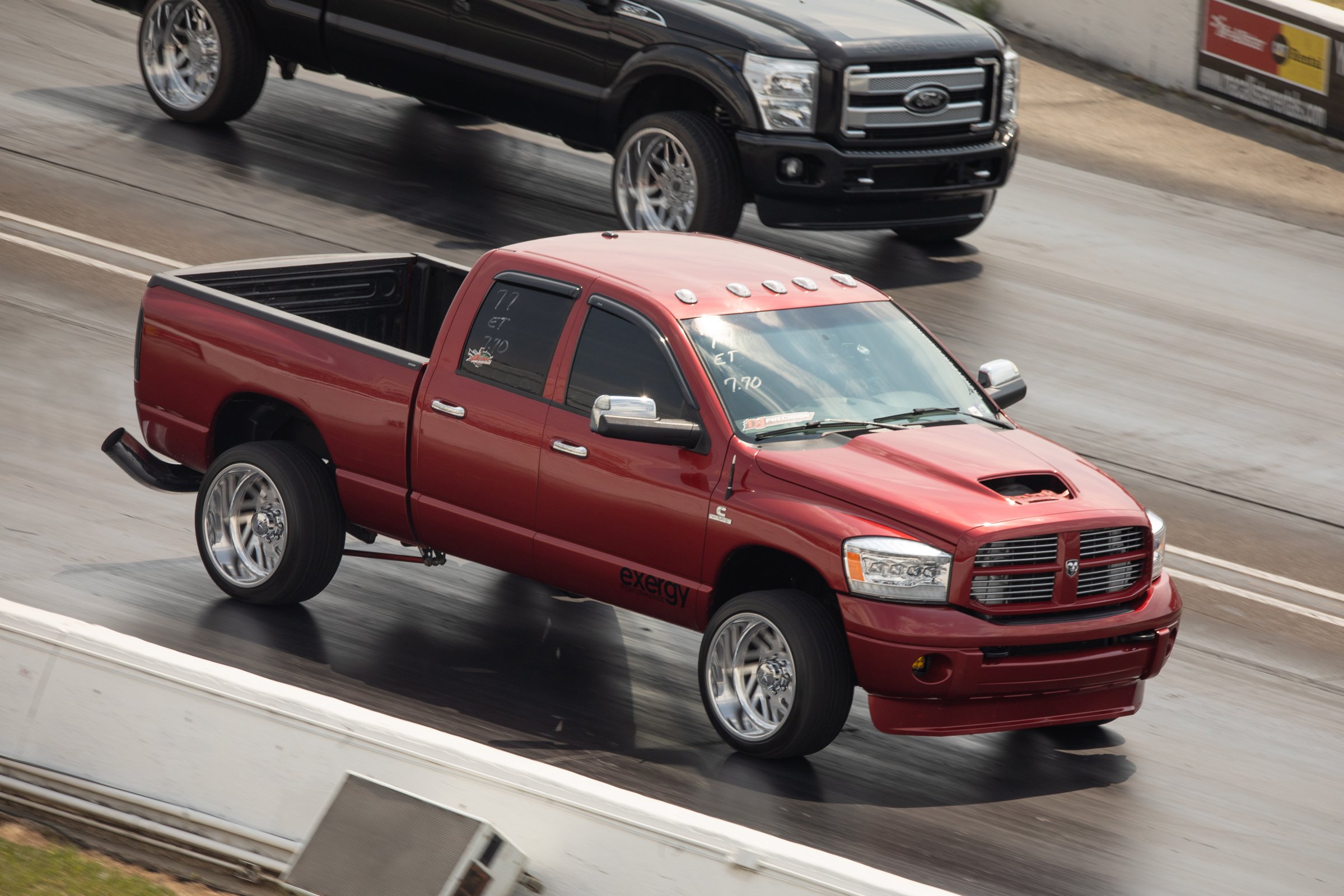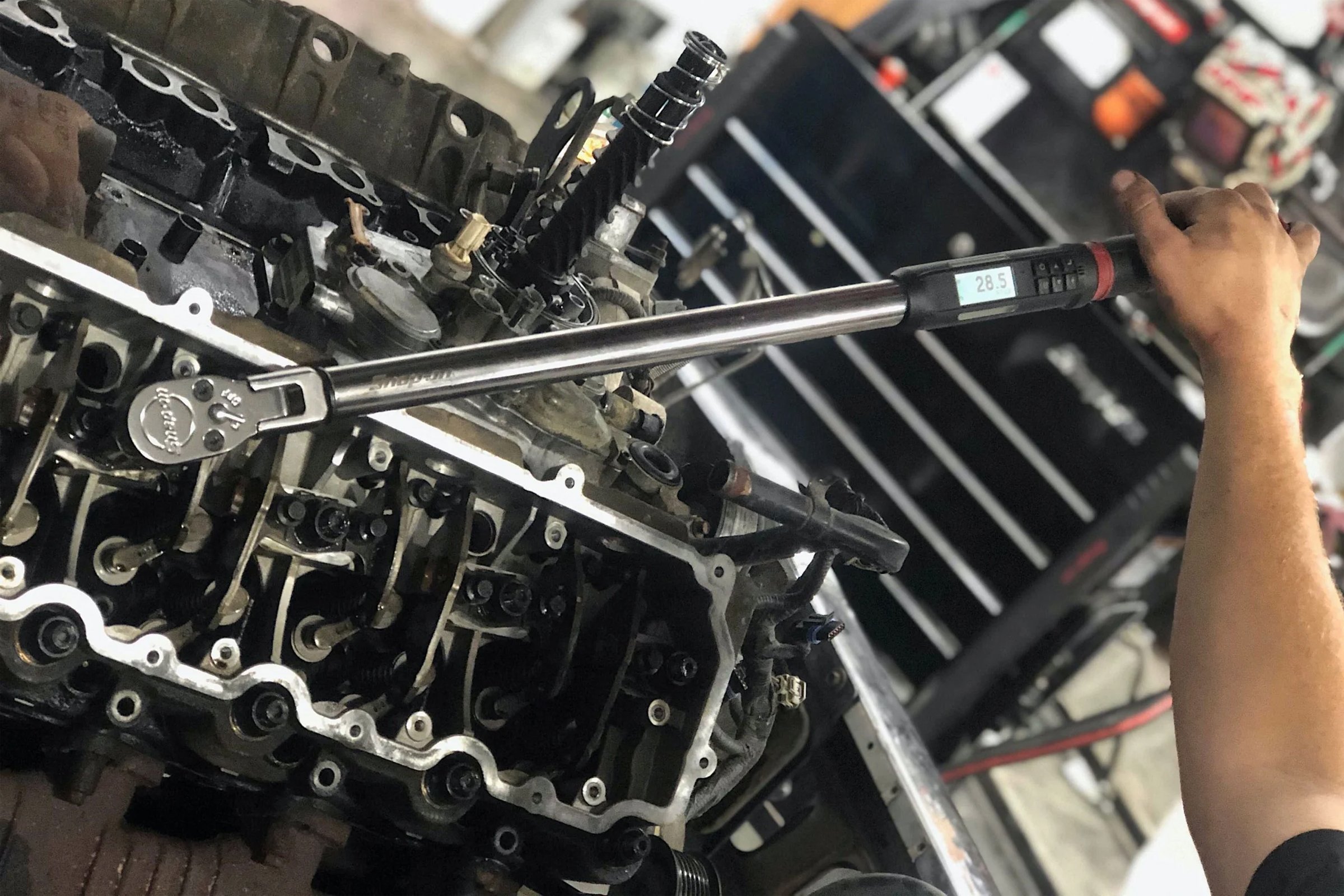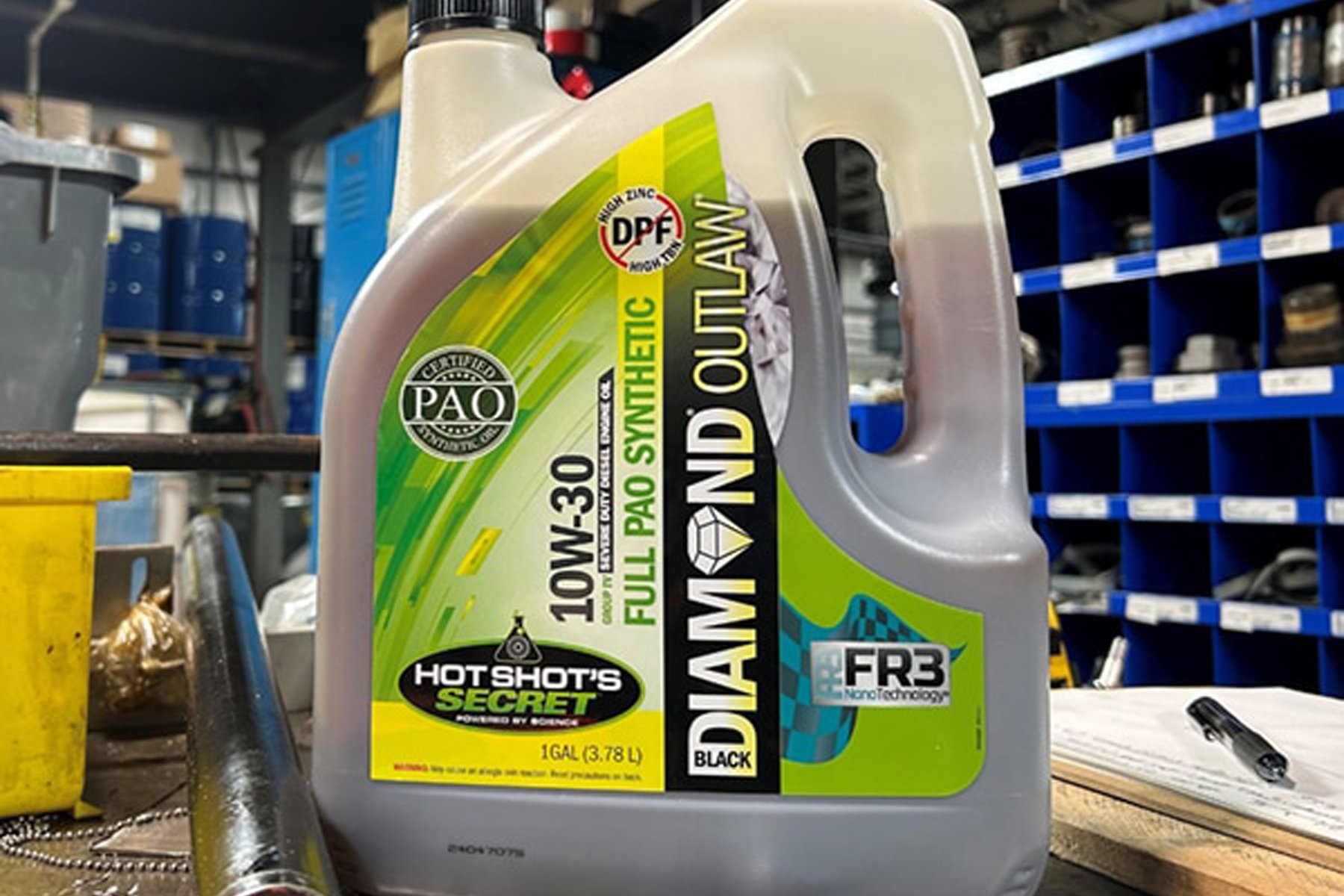I have to admit, when it comes to my trucks, shock absorbers are not something that gets much of my attention. Most people are probably in the same boat. That changed recently when I was working on Project WorkHorse and removed a rear tire the other day just to check the brake pads. I know many “trusted internet sources” recommend inspecting and/or replacing shocks somewhere between 20,000 and 50,000 miles, but with slightly more (only an extra 22,000 miles above the maximum ticked off on the odometer), the passenger’s rear was covered in oil. I could see it was coming out of the shock, so I knew it was time. But, with so many options available, choosing the right shock absorbers for a 6,000-pound truck can be tough.
There are a lot of shock brands on the market, and with options like monotube, external reservoir, dual-piston, and more, how is anyone supposed to know what is right for their truck? A friend recommended I look at FOX shocks, so I figured it couldn’t hurt. I have to admit, I never considered FOX as a brand for use on a road-driven work truck — especially a heavy-duty 2500. My perception was they are for off-road guys and motorcycles. Man, was I wrong.
Going A Different Way Than Normal
Since I was looking at a shock brand I have no experience with, I reached out to get some information about what was available for my truck and my best option. “FOX has been around for nearly 50 years, improving ride quality and damper performance for on and off-road use,” says Carter Reed, marketing manager at FOX. “With a passion for off-road racing, FOX has continually pushed the envelope in shock technology allowing drivers to drive further, faster, and harder. These advancements developed through racing find their way into both OE and aftermarket shock packages to enhance performance on truck, Jeep, and UTV products, among other applications.”
Choices For The Right Shock Absorbers
WorkHorse is not a truck that spends any time off-road traversing rough terrain. For that reason, shocks with external reservoirs are definitely overkill. Sure they are great when the shock works hard enough that the extra fluid capacity can help keep heat to a minimum, but for a truck that spends all its time driving the highway, that extra oil capacity is not a necessity. so, I paid attention to Mr. Reed as he told me also told me that FOX actually offers a couple of different 2.0- and 2.5-inch diameter shock options for trucks. In the 2.0 shock catalog, one is the Adventure series and the other is the Performance series.
Both are a monotube design but there is one distinct difference. “Between the two, the internals and valving specs are shared,” Reed states. “They both feature a 2.0 diameter monotube design with an Internal Floating Piston (IFP) to separate the shock oil from high-pressure nitrogen to prevent aeration for fade-free performance. Where the two differ is the body material. The Adventure series uses a steel body with a welded eyelet, whereas the Performance series uses an aluminum alloy body (6061-T6) with a machined bushing eyelet. The main benefit to the Performance series is reduced weight and improved heat dispersion, which comes in handy at higher speeds on rough terrain.”
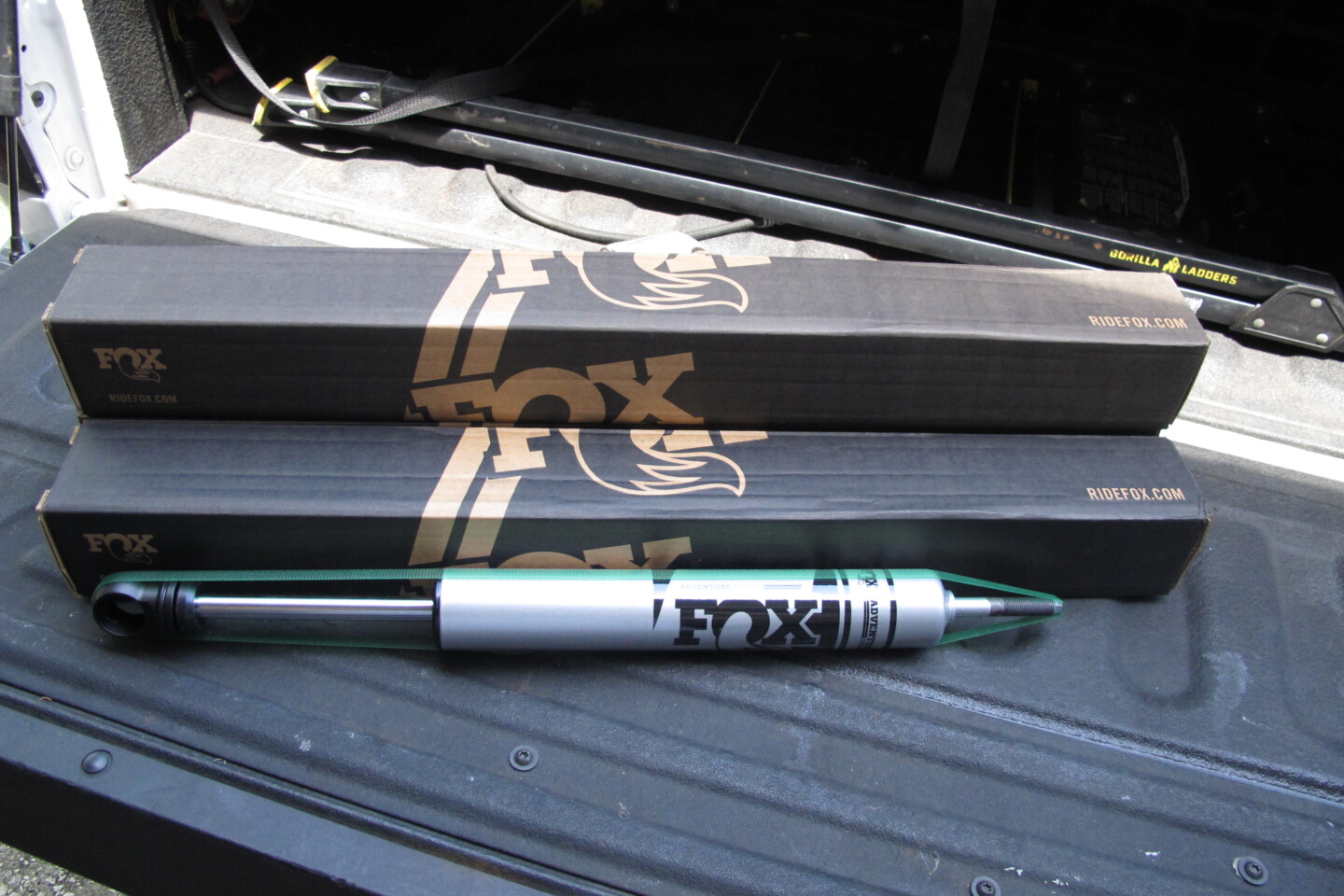
The cost of two new front shocks (P/N: 98450700) and two rear shocks (P/N: 98450710) is less than $450.
Getting Adventurous With The Right Shock Absorbers
With my new-found information, I concluded the Adventure series were the right shock absorbers for 0n-road use and a great option for WorkHorse. Carter did let me know the Adventure series is actually sold exclusively through Zone Off-Road and cannot be found on the FOX website. So that’s where I looked.
“The Adventure series is a newer shock line, aimed at bringing a quality entry-performance level shock solution to improve ride quality and vehicle performance for stock, leveled, or lifted applications,” says Carter. “While FOX offers several shock options to meet customer performance needs, these are an awesome shock for your daily driver/weekend warrior at a great price point.”
The Adventure series is a premium monotube shock that features the previously mentioned Internal Floating Piston that is designed to keep the shock oil separated from the high-pressure nitrogen gas chamber. When the shock is “working”, this piston prevents oil aeration. If aeration occurs within the shock, it loses its ability to absorb the bounces (a.k.a., shock fade). The dampers are filled with premium JM92 Advanced Suspension Fluid to improve cooling performance in even the most demanding temperatures. I live in Florida, so that is a plus.
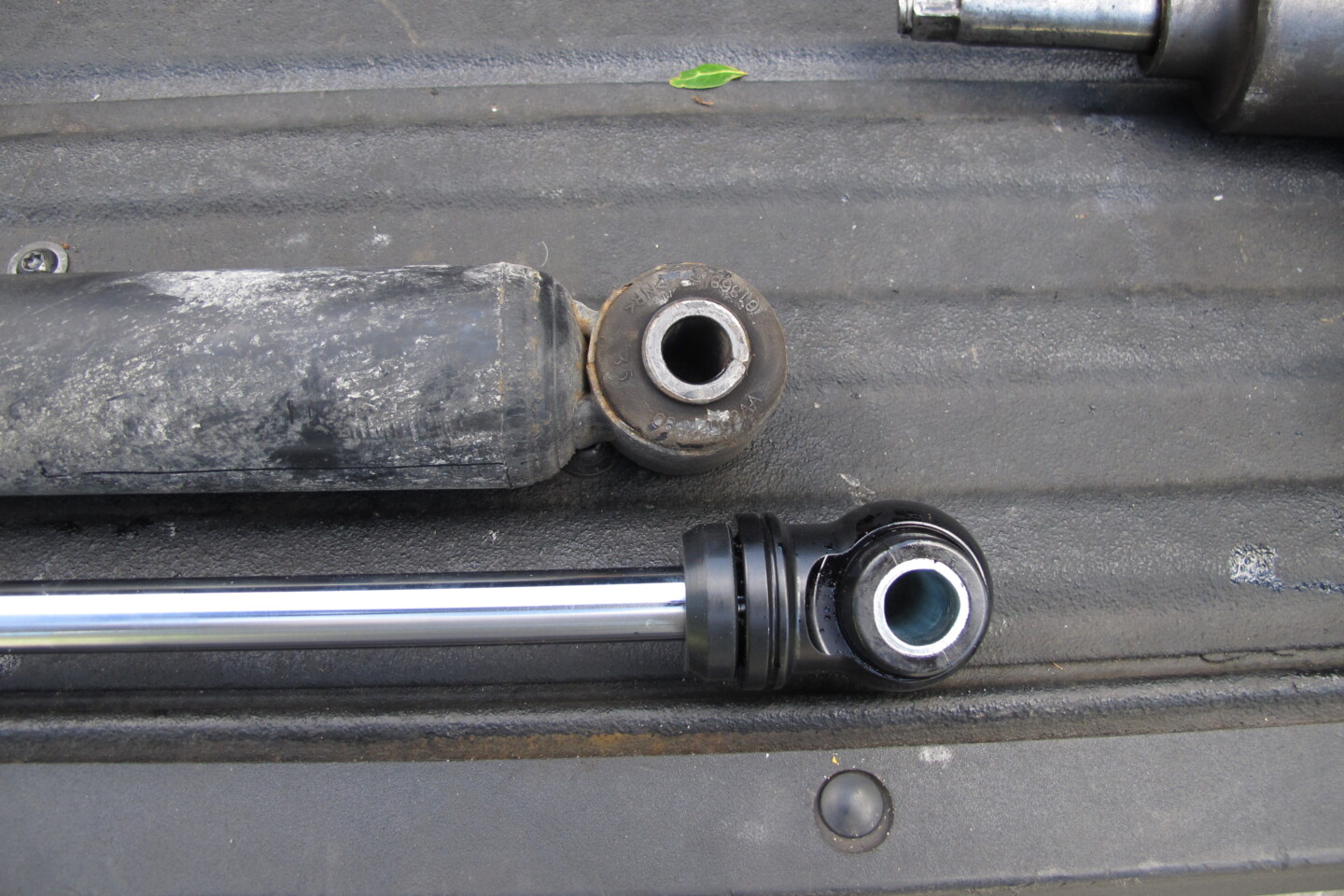
The front shocks I ordered are longer than the OE shocks. I ordered them longer to accommodate the taller front springs I have installed, which level the truck.
As mentioned, the Adventure series shocks feature a heavy-duty steel body. I prefer this over aluminum for a work-truck shock as the durability of the steel over aluminum will help with any surprise impacts of road debris, abrasions, oil, and chemical contamination. Each shock body is also treated with a rugged satin silver powder coat for corrosion resistance. The shocks feature large 5/8-inch hardened steel shock shafts that are chrome plated to prevent pitting and add a high level of corrosion resistance, ensuring maximum seal life. Adventure series shocks also come with premium nitrile rubber bushings at both ends. These will not deteriorate like traditional rubber bushings.
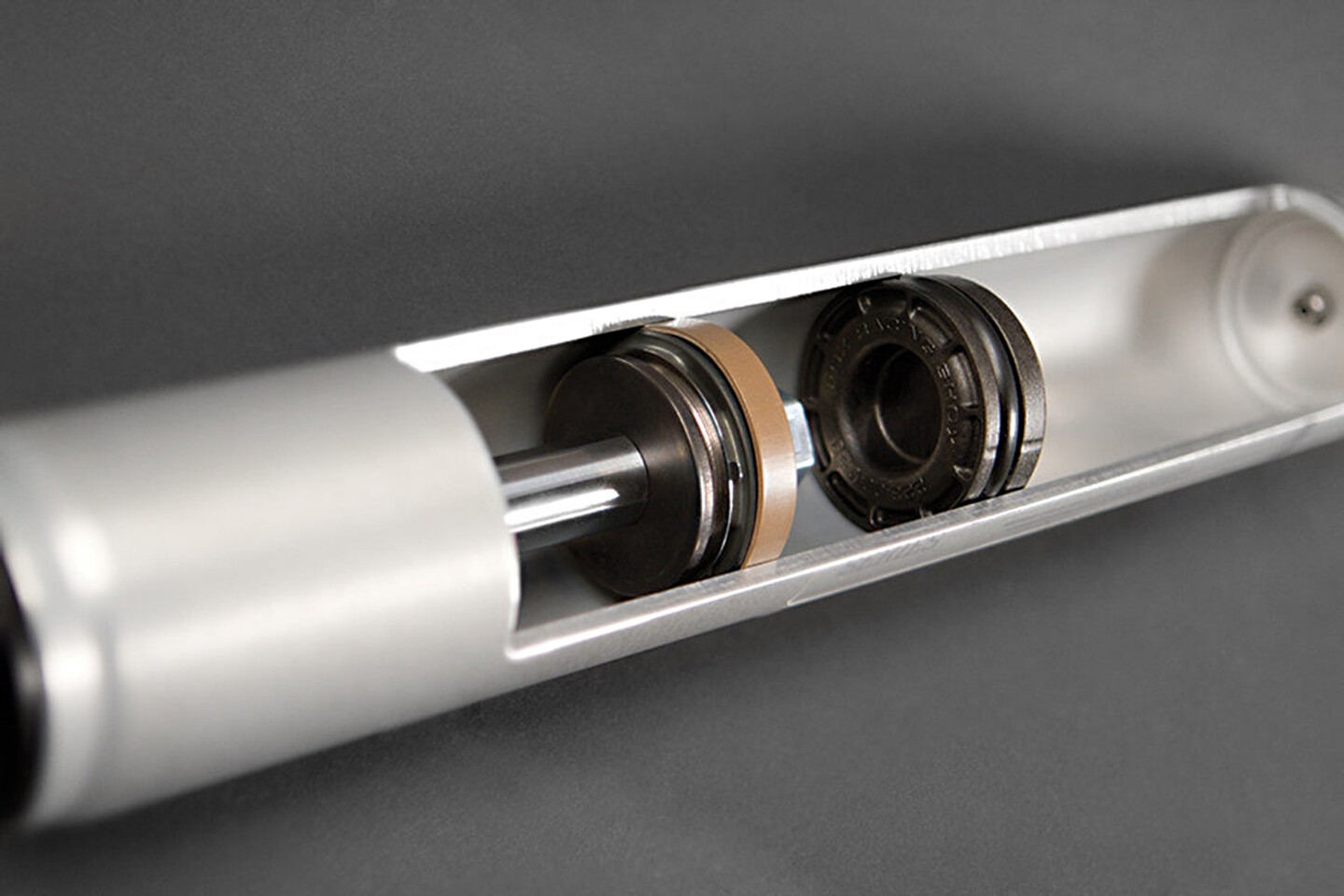
The Internal Floating Piston is designed to keep the shock oil separated from the high-pressure nitrogen gas chamber and prevents oil aeration.
The main selling points of the Adventure series shocks are quality and value. As Carter stated, these monotube shocks are built to perform great on stock-leveled-lifted vehicles to off smooth on-road ride quality and improved offroad damping. What’s more, they are economically priced right at $109.95 each.
7 Reasons Your Truck Might Need New Shocks
Sometimes, a bad shock will not be as noticeable as mine was. Sometimes it just requires paying attention to the way your truck drives. Below are a few ways your truck can let you know it needs new shocks.
- Instability at highway speeds. Your vehicle never feels completely stable on the highway and is constantly moving up and down. The movement may be slight, but you notice it.
- Vehicle “tips” to one side in turns. When taking a sharp turn or an off-ramp, your vehicle leans or “tips” to the outside of the turn and feels wobbly.
- The front end dives more than expected during hard braking. You may not notice this until you have to jump hard on the brakes.
- Rear-end squat during acceleration. You’ll notice the front end of your vehicle rising while the rear “squats” during hard acceleration.
- Tires bouncing excessively. After hitting a bump, you can feel a tire (or tires) reacting or “bouncing” for a time. You may also hear a clunking noise.
- Unusual tire wear. Because the tire isn’t being held firmly to the road, the tread wears in a wavy manner instead of evenly.
- Leaking fluid on the exterior of shocks or struts. This is a sign that the seals have broken and the internal fluids essential to proper function are escaping.
Did I make The Right Choice?
I am not going to get into what it takes to R&R the shocks. This really is a job almost any enthusiast with some hand tools can do in their driveway on a Saturday afternoon. Manually compressing the shocks to reinstall the lower bolt was the hardest part of the installation. A retaining band holds the shocks in a compressed state during shipment, and that band needs to be removed before the shocks can be installed. Once you remove the band, the shock extends.
I didn’t actually realize how worn out the original shocks were until I drove the truck with the new shocks installed. Although the old shocks looked fine (except for the one leaking), this is a case where looks were deceiving. While I haven’t had WorkHorse off-road since the install, I have encountered some less-than-stellar roads driving up and down routes 95 and 75. I can say the truck now feels more stable and controllable, and I wholeheartedly noticed the ride is much smoother than ever.
I definitely feel I chose the right shock absorbers for Project WorkHorse. My search led me to the FOX Adventure series shocks, and although they cost a little more than an over-the-counter replacement shock, you get what you pay for. A friend once told me, “the cost is long forgotten after the quality remains.”


